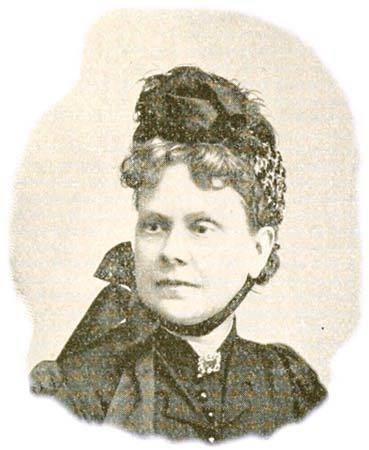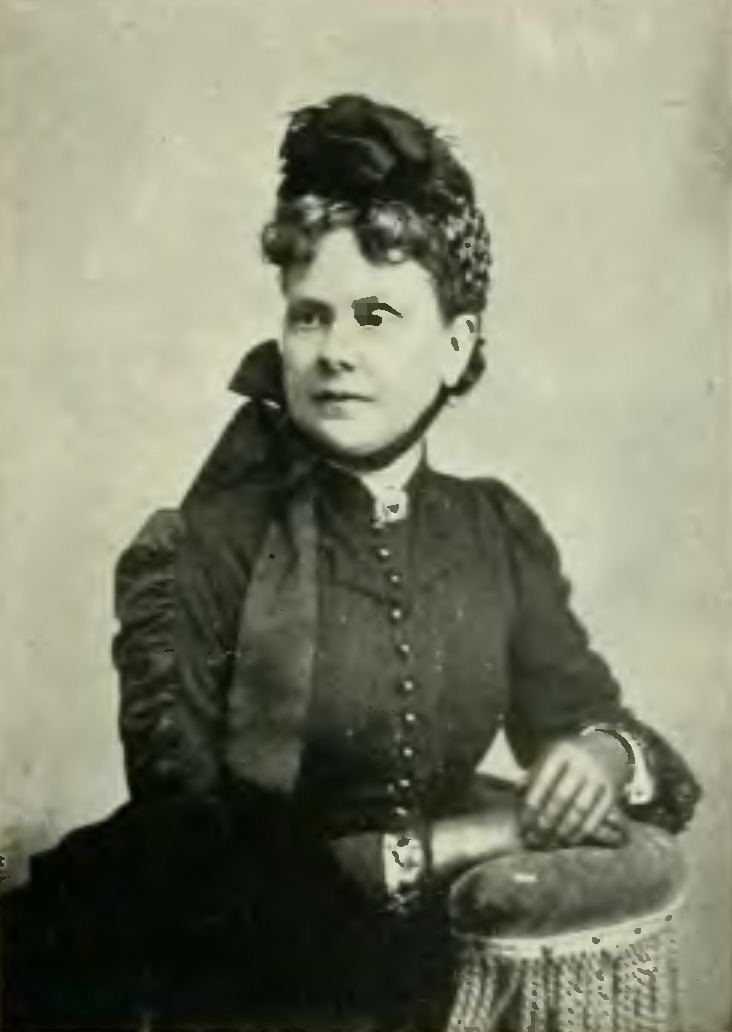Name Amelia Quinton | ||
 | ||
Died June 23, 1926, Ridgefield Park, New Jersey, United States | ||
Amelia Stone Quinton (July 31, 1833 – June 23, 1926) was an American social activist and advocate for Native American rights. In collaboration with Mary Bonney she helped form the Women's National Indian Association in 1883. She was the association's president from 1887 to 1904; during this time the association made progress in advancing the rights of Native Americans, including influencing the passing of the Dawes Severalty Act by Congress in 1887, providing Native Americans with allotment and citizenship. Henry Dawes would later recognize that "the new government Indian policy was born of and nursed by this women' association."

Life
Amelia Stone was born on July 31, 1833 in Jamesville, New York, near Syracuse to Mary (née Bennett) and Jacob Thompson Stone. She was tutored by Samuel B. Woolworth in Homer. Stone married Reverend James Franklin Swanson and lived in Georgia for several years. After Swanson died, she married astronomy and history lecturer Richard L. Quinton in London, taking his name.
She spent a year as teacher in a Georgia seminary, she decided to return to the North, where, after teaching for a year in the Chestnut Street Seminary of Philadelphia, she turned to the religious and philanthropic work. At first her volunteer work was among the poor of New York City, where she had weekly engagements in various institutions. One day of the week was spent in the prison, the almshouse, or the workhouse, and another in some infirmary or reformatory for women. One service was a weekly Bible-class for sailors. During the first temperance crusade in Brooklyn she joined the band of workers. Very soon she was invited to go out and represent the work, to organize unions, and, a little later, was elected by the State Woman's Christian Temperance Union as State organizer.
She went to Europe for a year's rest. After a few months on the continent, she was drawn into temperance work in England and addressed drawing-room and church meetings in London and other cities. On the voyage to England she met Professor Richard Quinton, a native of London and a lecturer in institutions there on historical and astronomical subjects, and a year later they were married in London, where they continued to reside for some months. She returned to America in the autumn of 1878, and Philadelphia, where Prof. Quinton resumed his lecturing, again became her home.
In April, 1879, her friend, Miss Mary L. Bonney, became deeply stirred on the subject of national wrongs to Indians, and the missionary society over which she presided sought to circulate a petition on the subject. The anniversary occasion was already overcrowded with topics, and the petition was not presented or read. A few weeks later Miss Bonney presented the facts she had collected to her friend, Mrs. Quinton. Miss Bonney agreed to supply the means needed for printing, and Mrs. Quinton to plan and work; she studied in libraries, prepared literature and petitions and circulated them through the sympathizers and helpers she gained in many States. The first petition was enlarged and she prepared a leaflet of facts and special appeal, and sent those out widely to leading citizens, and to women in many kinds of christian and philanthropic work, and the returns, from thirteen States, prepared by her in a roll three-hundred feet long, were presented to Congress in February, 1880. At the end of that year that committee of two had become a committee of eight and held its first meeting, when Mrs. Quinton reported her nearly two years' work and was elected secretary of the committee. Three months later Miss Bonney was elected chairman, and, in June, 1881, the constitution written by Mrs. Quinton was adopted, and the society that day elected an executive board, nominated at her request by the pastors of the churches, and became the Indian Treaty-keeping and Protective Association.
Mrs. Quinton then began the work of wider organization and secured thirteen associate committees in five States before the close of the year. In the memorial letter which she wrote to accompany the petition of 1881, she made an earnest plea to Congress to bring Indians into voluntary citizenship by making that to their interest, rather than by the coercion of acts of Congress. In her petition for January, 1882, universal Indian education, lands in severalty and the full rights of citizenship for Indians were addressed. At that date the society had sixteen State committees, all of which she revisited and reorganized as permanent auxiliaries. A memorable discussion in the Senate over that third petition, which represented a hundred- thousand citizens, was closed by Senator Dawes. The association, the Women's National Indian Association, had branches, officers or helpers in forty States of the Union, and more than twenty missions in Indian tribes originated or established by it since 1884. During 1891, its missionary work was done in fifteen tribes. When Miss Honney retired from the presidency of the association, in November, 1884, Mrs. Mary Lowe Dickinson was elected to the office, filling it for three years, when Mrs. Quinton, till then doing the work of general secretary, was unanimously elected president. She bore a government commission and did service also on behalf of Indian education.
She died on June 23, 1926 in Ridgefield Park, New Jersey.
